Dennis, welcome to the UAA. You join the organization following the decade long tenure of Executive Director Phil Charlton, who announced his planned retirement earlier this year. What is your strategy to make this a smooth transition of leadership?
I intend to spend time listening, learning and leaning on the wisdom of the UAA staffers as well as board members that have been successfully supporting Phil over the years. Phil and I have already met several times and we plan to meet as needed to ensure a seamless transition. The UAA board, committee chairs and the membership opinion leaders will also be valuable assets throughout the transition and likely beyond.
What experiences from your professional background have prepared you well for the executive director role?
I am fortunate to have managed a comprehensive utility vegetation management (UVM) program across a large geographic area. In order to pull that off, you need a network and trusted partners. I have that skill set because of my experiences, so it will be useful in advancing UAA’s mission and vision. I successfully implemented integrated vegetation management (IVM) strategies that were socially, financially and environmentally responsible. This background aligns well with some of our core UAA values.
What was it that drew you to this career opportunity?
I am passionate about utility arborist awareness, safety and professional development. Being able to put my thoughts into action and advance our talented membership is unique and attractive to me. I am excited about where our industry and organization are right now, and the possibilities that come our way. It’s incredibly humbling to be offered the chance to bring positive awareness to the industry and build upon all the hard work that brought the UAA to where it is today.
We hear that you got your start in utility arboriculture by chance. Is that true?
That’s right. I was looking for a summer internship while working on my undergraduate degree and landed a job as a contracted utility forester. That summer job later became a part-time job, and as I finished my degree, I then went full-time. After a couple of years contracting for the utility, I was hired on as a forester. I spent the next twenty-four years learning and growing in the industry.
What has utility arboriculture done well over the years?
Integrating safety and IVM into everyday practices are both worth recognizing. It’s crucial for the industry to be mindful of how to spend valuable resources to achieve predefined goals along with monitoring the outcomes. Applying data driven IVM programs consistently has been vital to my past success. I honed many of the skills in these areas by attending conferences, workshops, networking, summits and reading industry publications that were steeped with UAA involvement or support.
What do you think are the major issues or challenges the industry should address in the short term?
I would say industry awareness is one of our challenges. If we can make more people aware of the career opportunities available, I think we could attract a more diverse workforce. Helping people understand the complexity and skill that go into this job could help us safeguard budgets and pay scales more competitively. We need more people to understand the power of investing in land management strategies that bolster safety, system reliability and environmental sustainability, so we can spend less time on debate and more time planning. With more consistent access to development, accreditation, certification and educational opportunities, I believe that we can develop and advance our peers more efficiently.
Watch for Part II of our conversation with Dennis Fallon when we explore how he believes the UAA can expand its industry leadership role across the U.S. and what he sees as the greatest value of UAA membership.
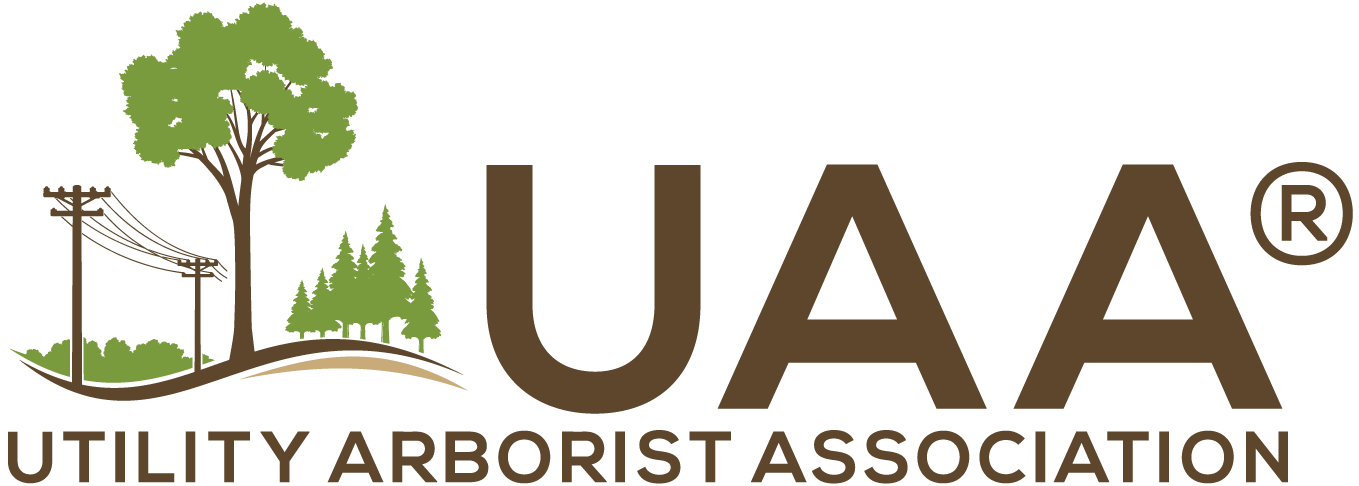
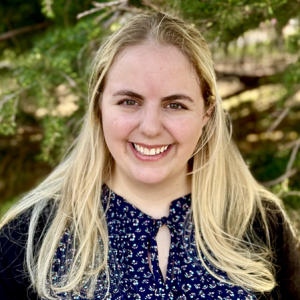 Cody Woodward is the Membership Office Coordinator for the Utility Arborist Association, where she supports membership operations with a focus on organization and engagement. She blends her experience in organizing systems, interpreting data, and working closely with people to support both the day-to-day and big-picture needs of the UAA.
Cody Woodward is the Membership Office Coordinator for the Utility Arborist Association, where she supports membership operations with a focus on organization and engagement. She blends her experience in organizing systems, interpreting data, and working closely with people to support both the day-to-day and big-picture needs of the UAA.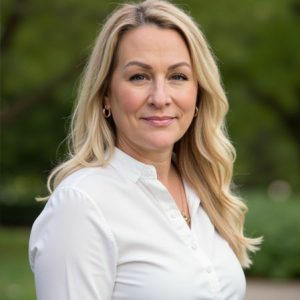 Jodie Braskich is an experienced professional in the utility industry with a strong background in supply chain and vegetation management. With over 18 years of industry expertise, Jodie continues to contribute her time and knowledge to the continuous improvement of the professional field of UVM. She has been a member of the UAA since 2007.
Jodie Braskich is an experienced professional in the utility industry with a strong background in supply chain and vegetation management. With over 18 years of industry expertise, Jodie continues to contribute her time and knowledge to the continuous improvement of the professional field of UVM. She has been a member of the UAA since 2007.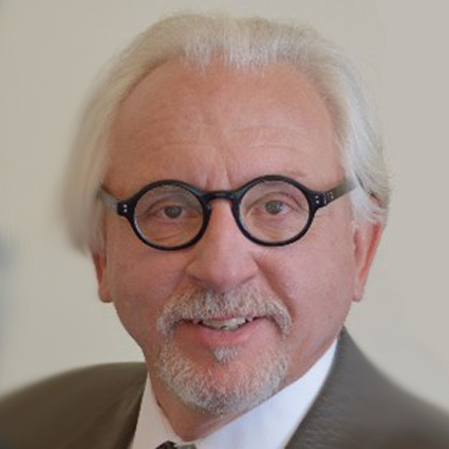 A winner of the David H Nabi Award for dedication and service, Dr. Robert Vanderhoof earned his Ph.D. from the College of Forest Resources at Mississippi State University in 1995. A veteran natural resource manager, Robert spent 15 years as Florida’s Deer Management Section Chief during which time he coordinated range management activities across Florida’s seven-million-acre wildlife management area system.
A winner of the David H Nabi Award for dedication and service, Dr. Robert Vanderhoof earned his Ph.D. from the College of Forest Resources at Mississippi State University in 1995. A veteran natural resource manager, Robert spent 15 years as Florida’s Deer Management Section Chief during which time he coordinated range management activities across Florida’s seven-million-acre wildlife management area system.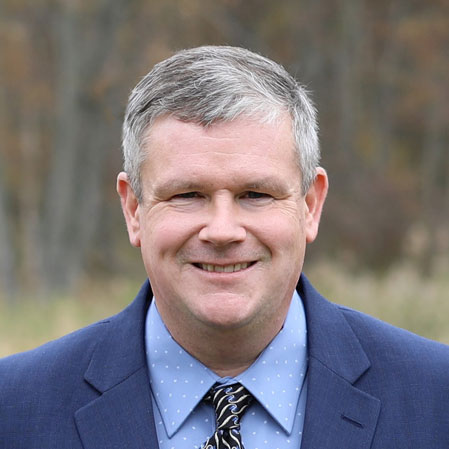
 Cindy is the Senior Director, Vegetation Management Services and she manages departments responsible for maintaining vegetation in REC’s rights-of-way with the goal of reducing exposure of the electric grid to tree caused outages while encouraging habitat and species diversity. Cindy also has a consulting business, EcoAcumen, LLC that focuses on residential, commercial and government clients.
Cindy is the Senior Director, Vegetation Management Services and she manages departments responsible for maintaining vegetation in REC’s rights-of-way with the goal of reducing exposure of the electric grid to tree caused outages while encouraging habitat and species diversity. Cindy also has a consulting business, EcoAcumen, LLC that focuses on residential, commercial and government clients.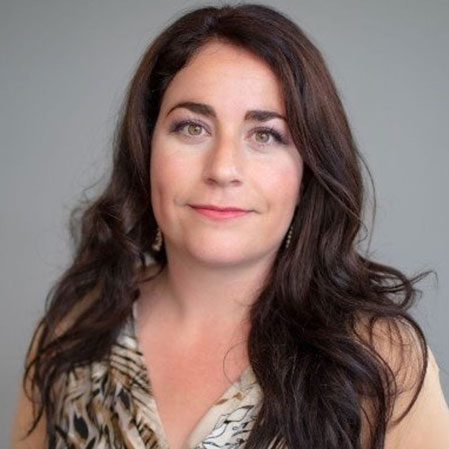 Kimberly Laing has had an exciting career in the energy industry, gaining valuable experience in various areas for almost 20 years. During her career, she has worked with numerous customers worldwide in a diverse cross-disciplined technical environment. She has extensive experience working with utilities, asset owners, equipment manufacturers, and consultants to facilitate transmission and distribution projects. Kimberly is particularly passionate about Utility Vegetation Management and its vital role in delivering safe and reliable power.
Kimberly Laing has had an exciting career in the energy industry, gaining valuable experience in various areas for almost 20 years. During her career, she has worked with numerous customers worldwide in a diverse cross-disciplined technical environment. She has extensive experience working with utilities, asset owners, equipment manufacturers, and consultants to facilitate transmission and distribution projects. Kimberly is particularly passionate about Utility Vegetation Management and its vital role in delivering safe and reliable power. Josh Beaver is currently senior vice president of Eocene Environmental Group, a utility vegetation management (UVM) consulting and operations firm. Josh has more than two decades of experience within the UVM industry. He is currently responsible for relationship management and oversight of long-term UVM contracts throughout the United States and Canada. He considers customer and community communication to be vital aspects of his role, and he has a proven record of success working with utilities.
Josh Beaver is currently senior vice president of Eocene Environmental Group, a utility vegetation management (UVM) consulting and operations firm. Josh has more than two decades of experience within the UVM industry. He is currently responsible for relationship management and oversight of long-term UVM contracts throughout the United States and Canada. He considers customer and community communication to be vital aspects of his role, and he has a proven record of success working with utilities. Sam joins the UAA crew with over a decade of non-profit experience behind her. As our Partnership Coordinator, her focused efforts on building relationships with diverse funders will include crafting proposals, cultivating connections, and cohesively earning dedicated sponsors to support the sustainability of UAA substantially and empowering our programs. Well equipped with professional skills which include program development, public speaking, proposal writing, donor relations, working with diverse stakeholders, coalition building, and public-facing service. Sam’s educational background includes a BS in Animal Ecology with a minor in Animal Science, and a MA in Philanthropy and Non-profit Development.
Sam joins the UAA crew with over a decade of non-profit experience behind her. As our Partnership Coordinator, her focused efforts on building relationships with diverse funders will include crafting proposals, cultivating connections, and cohesively earning dedicated sponsors to support the sustainability of UAA substantially and empowering our programs. Well equipped with professional skills which include program development, public speaking, proposal writing, donor relations, working with diverse stakeholders, coalition building, and public-facing service. Sam’s educational background includes a BS in Animal Ecology with a minor in Animal Science, and a MA in Philanthropy and Non-profit Development. Sara Dreiser is a Senior Program Manager with ComEd. She works with a team to oversee ComEd’s routine cycle maintenance and ComEd’s interruption investigation programs. She has been working in the Vegetation Management industry for close to 15 years.
Sara Dreiser is a Senior Program Manager with ComEd. She works with a team to oversee ComEd’s routine cycle maintenance and ComEd’s interruption investigation programs. She has been working in the Vegetation Management industry for close to 15 years.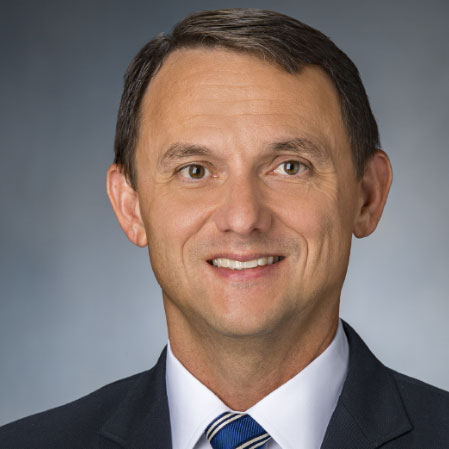 Matt Goff is a Transmission Vegetation Manager at Georgia Power Company. He lives in Brookhaven, GA with his wife, two daughters, and the family’s two dogs Sam, and Payton. For leisure, he enjoys sports with his family, bird hunting, and salt-water fishing.Matt holds a BSFR from the University of Georgia in Forest Resource Management and he graduated in 1997. He has worked in the vegetation management industry for 26 years. His work experience includes six years as a procurement forester for a forest products manufacturer, and 20 years in the utility vegetation management industry with Georgia Power.
Matt Goff is a Transmission Vegetation Manager at Georgia Power Company. He lives in Brookhaven, GA with his wife, two daughters, and the family’s two dogs Sam, and Payton. For leisure, he enjoys sports with his family, bird hunting, and salt-water fishing.Matt holds a BSFR from the University of Georgia in Forest Resource Management and he graduated in 1997. He has worked in the vegetation management industry for 26 years. His work experience includes six years as a procurement forester for a forest products manufacturer, and 20 years in the utility vegetation management industry with Georgia Power.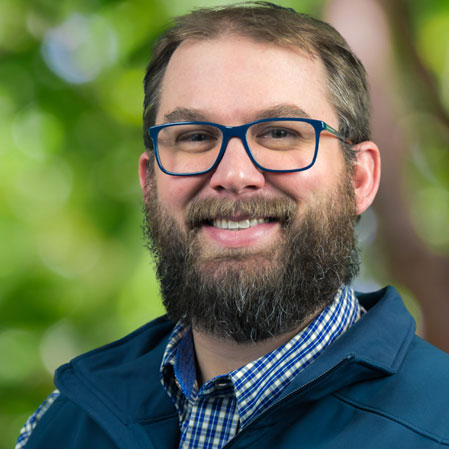 Brandon graduated from Minnesota State University–Mankato with a B.S. in Geography. Brandon has been with Rainbow Tree Company since 2009 and has gained experience in several roles, including Business Developer for our utility products division, GIS Tree Inventory Analyst, and Technical Arborist. Brandon has been the Director of VM Services, the fastest growing division inRainbow Tree Company, since 2012.
Brandon graduated from Minnesota State University–Mankato with a B.S. in Geography. Brandon has been with Rainbow Tree Company since 2009 and has gained experience in several roles, including Business Developer for our utility products division, GIS Tree Inventory Analyst, and Technical Arborist. Brandon has been the Director of VM Services, the fastest growing division inRainbow Tree Company, since 2012.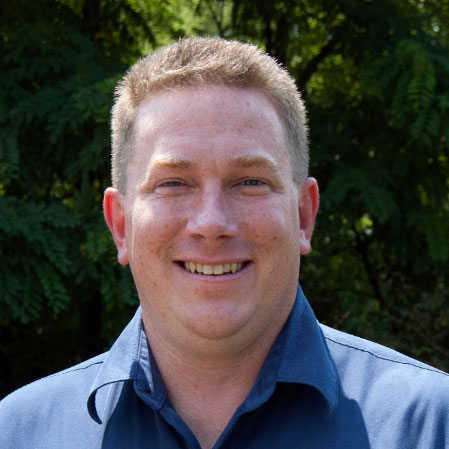 Jim Neeser is a business developer for the Davey Resource Group, a division of the Davey Tree Expert Company. Jim primarily works with utility companies to provide innovative and customized solutions. Jim earned his AA from Vermillion Community College in 1997 and his BS in Forestry with an emphasis on Hydrology and Soils from the University of Minnesota in 2000. Jim is an ISA Certified Arborist with the Utility Specialist endorsement. Jim has been involved in the UAA training committee for nearly a decade as a past chairman and is currently the treasurer and Champion of the finance committee. Jim spent his first 7 years in the industry as a field arborist in the commercial and utility markets. The last 10 years, Jim has been working with utility companies to enhance their Integrated Vegetation Management programs. Jim’s other interests include spending time with his family, sports, hiking, fishing and coin collecting. Jim is also active with the Boy Scouts of America as an Eagle Scout. Jim lives in Forest Lake, MN with his wife and 2 children.
Jim Neeser is a business developer for the Davey Resource Group, a division of the Davey Tree Expert Company. Jim primarily works with utility companies to provide innovative and customized solutions. Jim earned his AA from Vermillion Community College in 1997 and his BS in Forestry with an emphasis on Hydrology and Soils from the University of Minnesota in 2000. Jim is an ISA Certified Arborist with the Utility Specialist endorsement. Jim has been involved in the UAA training committee for nearly a decade as a past chairman and is currently the treasurer and Champion of the finance committee. Jim spent his first 7 years in the industry as a field arborist in the commercial and utility markets. The last 10 years, Jim has been working with utility companies to enhance their Integrated Vegetation Management programs. Jim’s other interests include spending time with his family, sports, hiking, fishing and coin collecting. Jim is also active with the Boy Scouts of America as an Eagle Scout. Jim lives in Forest Lake, MN with his wife and 2 children.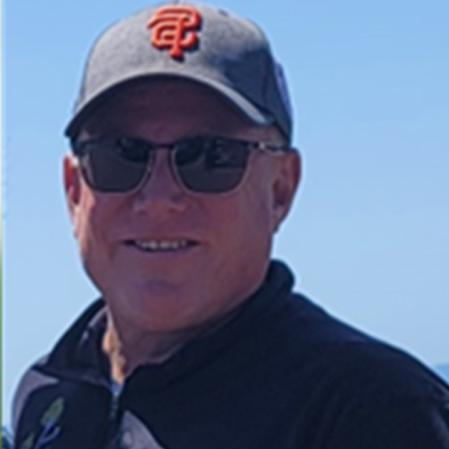 Craig works for Pacific Gas and Electric as a Principal Program Manager in Land Management. His career spans 30 years in the utility industry serving numerous roles. He is an ISA Certified Arborist, Utility Specialist, and hold his TRAQ and is a TCIA Certified TreeCare Safety Professional. Craig has been engaged and involved in the UAA for many years, starting back in 2008. He then wanted more so he ran for UAA President and was elected in 2014. Today, Craig looks back over his 30-year career and wouldn’t change a thing, he’s made life-long friends and considers many as mentors. He also claims he would not be where is in his career if it weren’t for these people, and pledges to pay it forward to support others in their success.
Craig works for Pacific Gas and Electric as a Principal Program Manager in Land Management. His career spans 30 years in the utility industry serving numerous roles. He is an ISA Certified Arborist, Utility Specialist, and hold his TRAQ and is a TCIA Certified TreeCare Safety Professional. Craig has been engaged and involved in the UAA for many years, starting back in 2008. He then wanted more so he ran for UAA President and was elected in 2014. Today, Craig looks back over his 30-year career and wouldn’t change a thing, he’s made life-long friends and considers many as mentors. He also claims he would not be where is in his career if it weren’t for these people, and pledges to pay it forward to support others in their success. Erin Creekmur has been in the UVM industry for over 20 years. After graduating with a Bachelors in Botany from Northern Arizona University she relocated to Northern California to start her professional career. Starting as a consulting utility pre-inspector with Western ECI she quickly moving up to the ranks to Supervisor under the tutelage of folks like Nelson Money. In 2004, Erin joined PG&E as a Quality Assurance Auditor for the VM program. Eventually becoming the Program Manager for the North Coast Division, helping stand up the beginnings of CEMA as the Emergency Drought Response Initiative Lead for the Enhanced Inspection & Mitigation Program, targeting off-cycle hazard trees across the system. In 2015, Erin moved back to her home state of Arizona and took the role of Division Supervisor with Arizona Public Service, managing both transmission and distribution UVM programs out of the Flagstaff area. As part of her role with APS Forestry Fire and Resource Management Department, Erin had responsibility for creating a Hazard Tree Mitigation program. maintaining APS’s ROW Stewardship Accreditation, FERC reporting, and the Transmission Lidar program. In 2021, Erin took a shift in her career and is now Supervising the Customer Construction and Design team for APS, expanding her overall understanding of the Utility industry. Erin continues to maintain her ISA Utility Specialist Certification and TRAQ. She has also completed certifications in both Six Sigma and Lean Sigma Green Belt through accredited universities. In addition to her current service on the UAA Board of Directors, Erin spent the last 6 years as an officer with the Arboretum at Flagstaff Board of Directors. In her free time, you can find Erin in the woods taking pictures of native plants and beautiful western landscapes.
Erin Creekmur has been in the UVM industry for over 20 years. After graduating with a Bachelors in Botany from Northern Arizona University she relocated to Northern California to start her professional career. Starting as a consulting utility pre-inspector with Western ECI she quickly moving up to the ranks to Supervisor under the tutelage of folks like Nelson Money. In 2004, Erin joined PG&E as a Quality Assurance Auditor for the VM program. Eventually becoming the Program Manager for the North Coast Division, helping stand up the beginnings of CEMA as the Emergency Drought Response Initiative Lead for the Enhanced Inspection & Mitigation Program, targeting off-cycle hazard trees across the system. In 2015, Erin moved back to her home state of Arizona and took the role of Division Supervisor with Arizona Public Service, managing both transmission and distribution UVM programs out of the Flagstaff area. As part of her role with APS Forestry Fire and Resource Management Department, Erin had responsibility for creating a Hazard Tree Mitigation program. maintaining APS’s ROW Stewardship Accreditation, FERC reporting, and the Transmission Lidar program. In 2021, Erin took a shift in her career and is now Supervising the Customer Construction and Design team for APS, expanding her overall understanding of the Utility industry. Erin continues to maintain her ISA Utility Specialist Certification and TRAQ. She has also completed certifications in both Six Sigma and Lean Sigma Green Belt through accredited universities. In addition to her current service on the UAA Board of Directors, Erin spent the last 6 years as an officer with the Arboretum at Flagstaff Board of Directors. In her free time, you can find Erin in the woods taking pictures of native plants and beautiful western landscapes.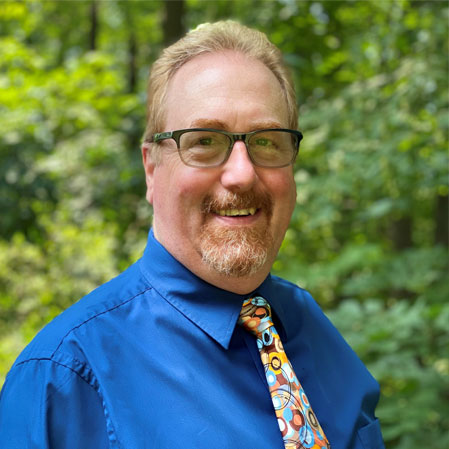 Fallon is a Utility Arborist and Executive Director of the Utility Arborist Association. Prior to his current role he was responsible for leading vegetation management programs across several upper Midwest states on behalf of a large investor-owned utility. He’s also been an adjunct professor at the University of Wisconsin-Stevens Point, where he facilitated the
Fallon is a Utility Arborist and Executive Director of the Utility Arborist Association. Prior to his current role he was responsible for leading vegetation management programs across several upper Midwest states on behalf of a large investor-owned utility. He’s also been an adjunct professor at the University of Wisconsin-Stevens Point, where he facilitated the 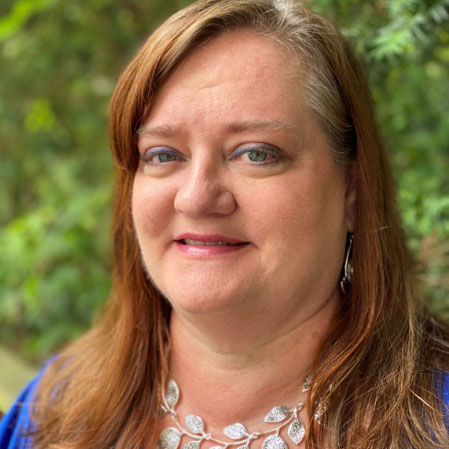 Renée is our Member Services Manager. She is available to UAA members for questions on committee assignments, educational opportunities, scholarships, CEU questions, and any other assistance.
Renée is our Member Services Manager. She is available to UAA members for questions on committee assignments, educational opportunities, scholarships, CEU questions, and any other assistance.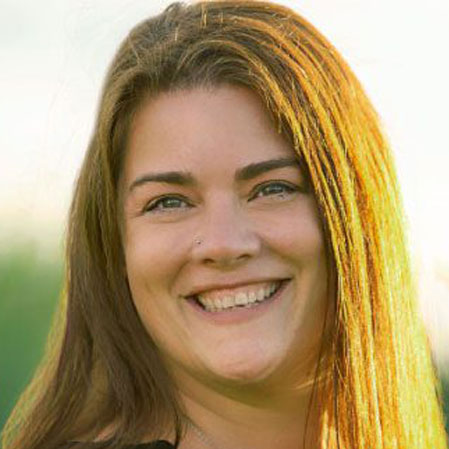 Diona has been with the Utility Arborist Association (UAA) since December 2015 and has worked in various capacities within the organization.
Diona has been with the Utility Arborist Association (UAA) since December 2015 and has worked in various capacities within the organization.